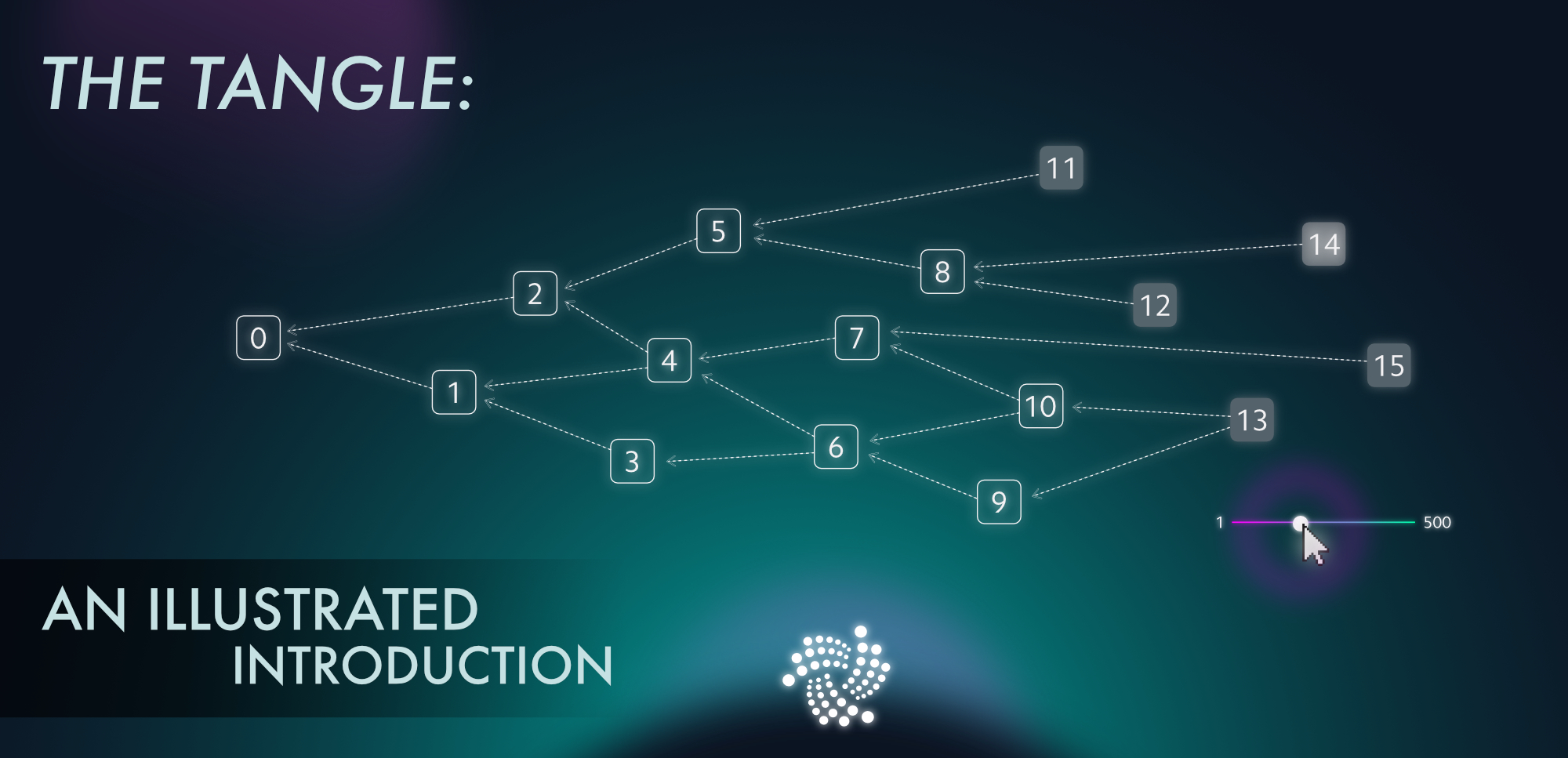IOTA Blockchain
Introduction to IOTA Blockchain
What is the IOTA Network?
The IOTA Network is built on the core technology called the Tangle, which offers distributed ledger capabilities with two main functionalities:
-
Decentralized Payments: Using IOTA tokens, transactions can occur without the need for a centralized clearinghouse or associated fees. These transactions are referred to as value transactions. Note that TLIP does not currently use these for its operations.
-
Data Sharing: This functionality ensures traceability, integrity, and immutability of shared information. It supports dedicated access management, such as controlling who can read what data. This is achieved through second-layer IOTA protocols, like Masked Authenticated Messaging (MAM) channels. TLIP heavily utilizes this for its data transactions.
IOTA Network is where the information used and generated by the TLIP platform is securely stored and managed.

Note: This is an enclosed IOTA Network Architecture Interaction with the IOTA network is possible by using the IOTA protocol. The IOTA protocol operates in a client-server fashion. Clients are developed to implement the application logic and connect to servers, the so called IOTA IRI nodes. IOTA IRI nodes allow access and leverage the protocol functionalities, namely sending transactions and sharing immutable data on the IOTA Tangle. The collection of IOTA IRI nodes receiving and processing IOTA payments or data transactions constitutes the IOTA network.
The TLIP platform acts as a client connecting to the IOTA network.
What are the available types of IOTA Networks?
There are different ways of deploying an IOTA Network. These can be grouped in the following categories.
| Type | Node Provider | Description |
|---|---|---|
| Mainnet | Anybody |
The IOTA Mainnet use is requested in case the TLIP platform should require the processing of value transactions making use of IOTA Tokens. |
| Devnet | IOTA Foundation |
The TLIP platform is currently being developed using the IOTA Devnet. |
| Private Tangle | A pre-formed consortium |
|